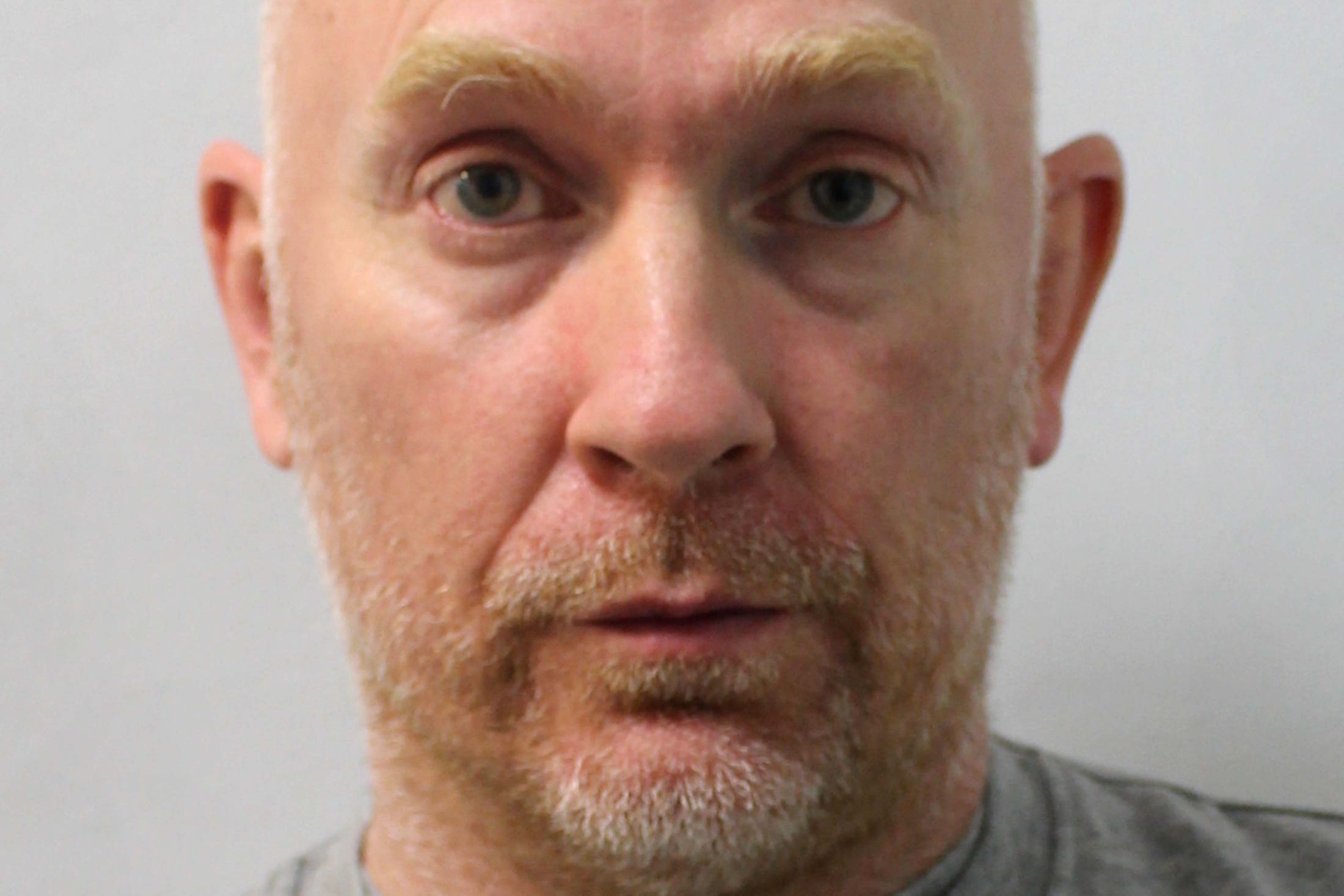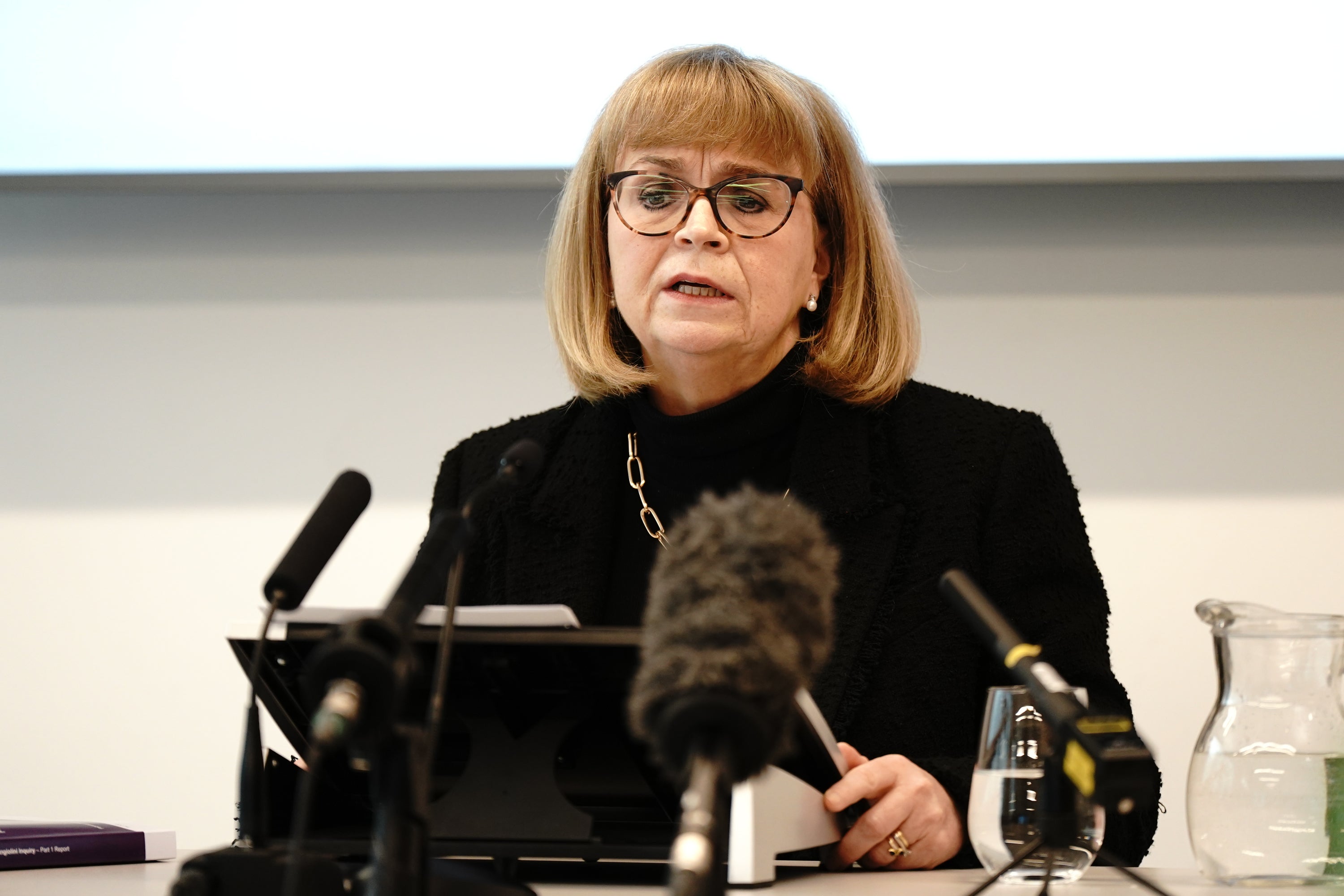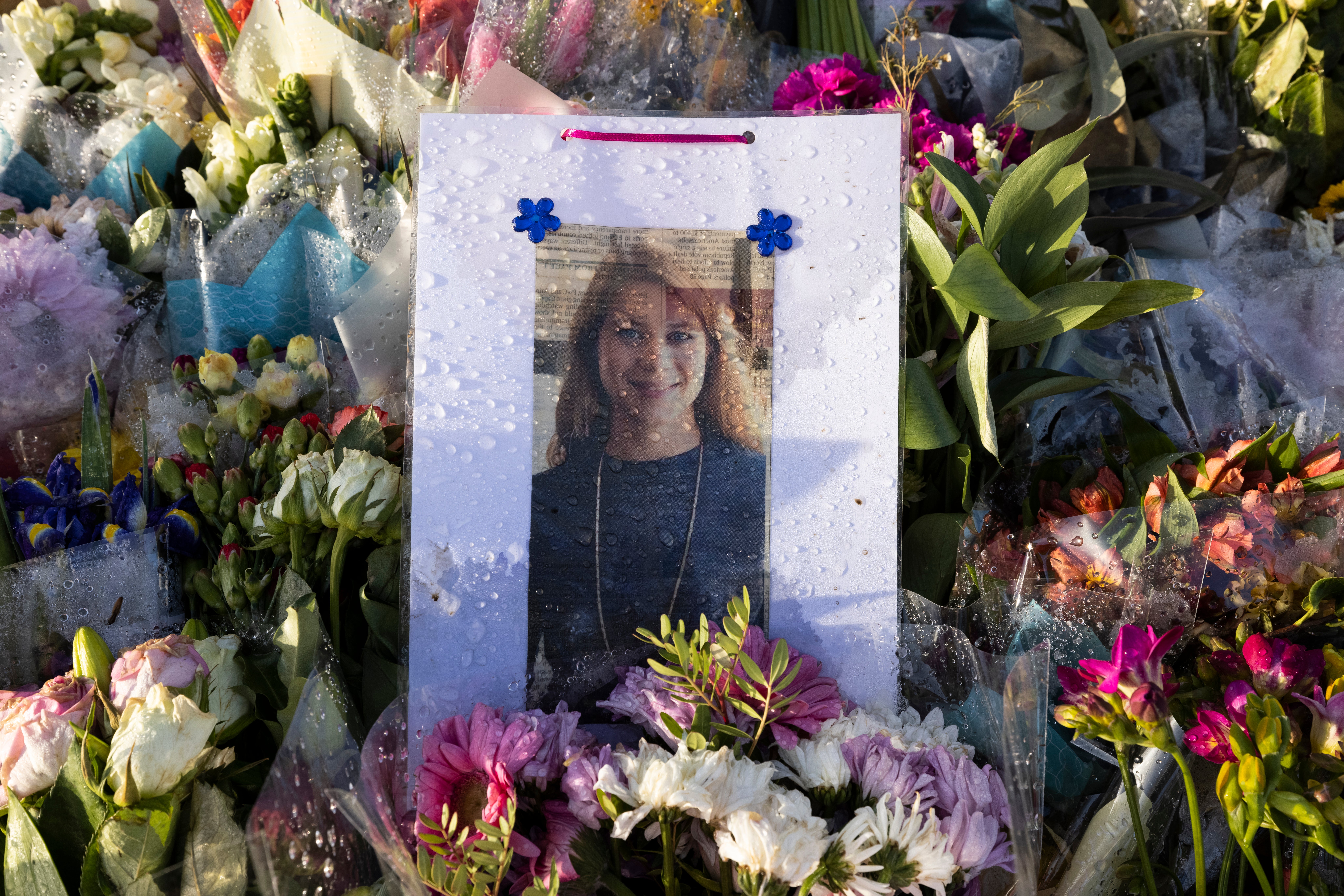All the missed opportunities by police to catch Wayne Couzens before Sarah Everard’s murder
The report found Couzens had a 20-year history of alleged sexual offending and interest in violent pornography
A series of red flags were missed about killer Wayne Couzens that meant he was able to remain an armed police officer despite being a serial sex offender, a damning report has found.
The Home Office-commissioned report found that Couzens’s history of alleged sexual offending and preference for extreme violent pornography dated back nearly 20 years before Sarah Everard’s murder.
Couzens abducted, raped and murdered 33-year-old marketing executive Sarah Everard in March 2021, before burning and dumping her body near Dover.

Follow live updates on the report here
The report found Couzens could have been sacked if vetting and investigations into indecent exposure reports over the years had been more thorough.
It did not make any conclusive finding that Miss Everard’s murder could have been prevented. So what were the key opportunities police missed to catch Couzens?

Allegations of indecent exposure
Couzens faced a string of allegations of indecent exposure over the years, with two investigations in 2015 and 2021 of “poor quality” which were “destined to fail from the start”, the report found.
“Rather than embarking on a process of detailed, thorough and time-consuming evidence-gathering, the officers displayed apathy and disinterest and found reasons not to pursue the cases”, the report said.
In November 2008 Couzens exposed himself to a woman in south London, and while the offence was reported at the time no suspect was identified.
In 2015, while working for the Civil Nuclear Constabulary, Couzens again exposed himself but despite the victims providing police with his car registration, he was never arrested or charged.

By failing to investigate the 2015 case adequately, Kent Police potentially missed a very significant opportunity to disrupt Couzens’ offending career, the report found.
Allegations of child sexual assault
He was accused of having sexually assaulted a child “barely in her teens” while in his early 20s, and the inquiry identified four more victims who had not reported sexual crimes to the police, and it is feared there may be more.
It said that there were also allegations that he possessed indecent images of children.
Allegations of other rape and assault
At some point between late 2006 and early 2007 Couzens is suspected of raping a woman at a singles night at a bar in east London. The victim again came forward after the murder of Miss Everard.

There was another allegation of rape in October 2019 which took place under a bridge in London. In the summer of 2019, Couzens also sexually assaulted a man in a bar in Kent.
When the victim remonstrated with him, Couzens said he was a police officer and invited him outside to perform a sex act. The man also came forward to police following Couzens’ arrest for the murder of Miss Everard.
Pornography and indecent images
In his early twenties, Couzens was alleged to have considered it acceptable to play a pornographic video for friends to watch, the report found.
During his volunteer service with the Territorial Army in his thirties, Couzens also showed pornographic material, including a women being penetrated by an animal, to his colleagues.
High levels of debt
Couzens, who became a special constable for Kent Police in 2002, failed vetting to become a regular officer in 2008, but was allowed to remain as a special with all the same powers as a regular constable and was permitted to work alone.
When he joined the Civil Nuclear Constabulary, an outside force – Thames Valley Police – carried out vetting and found that he should not be recruited, in line with rules around officers with heavy personal debts, but this was ignored.
In 2018, when he joined the Metropolitan Police, a search of the Police National Database, an intelligence database, found “no trace”.
Bookmark popover
Removed from bookmarks